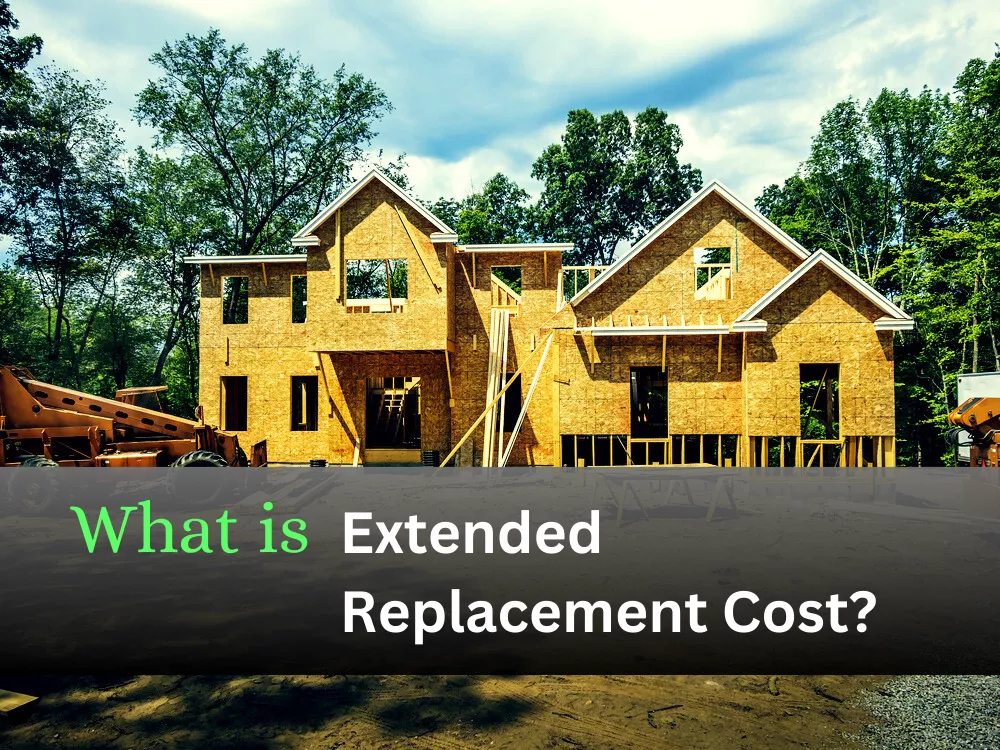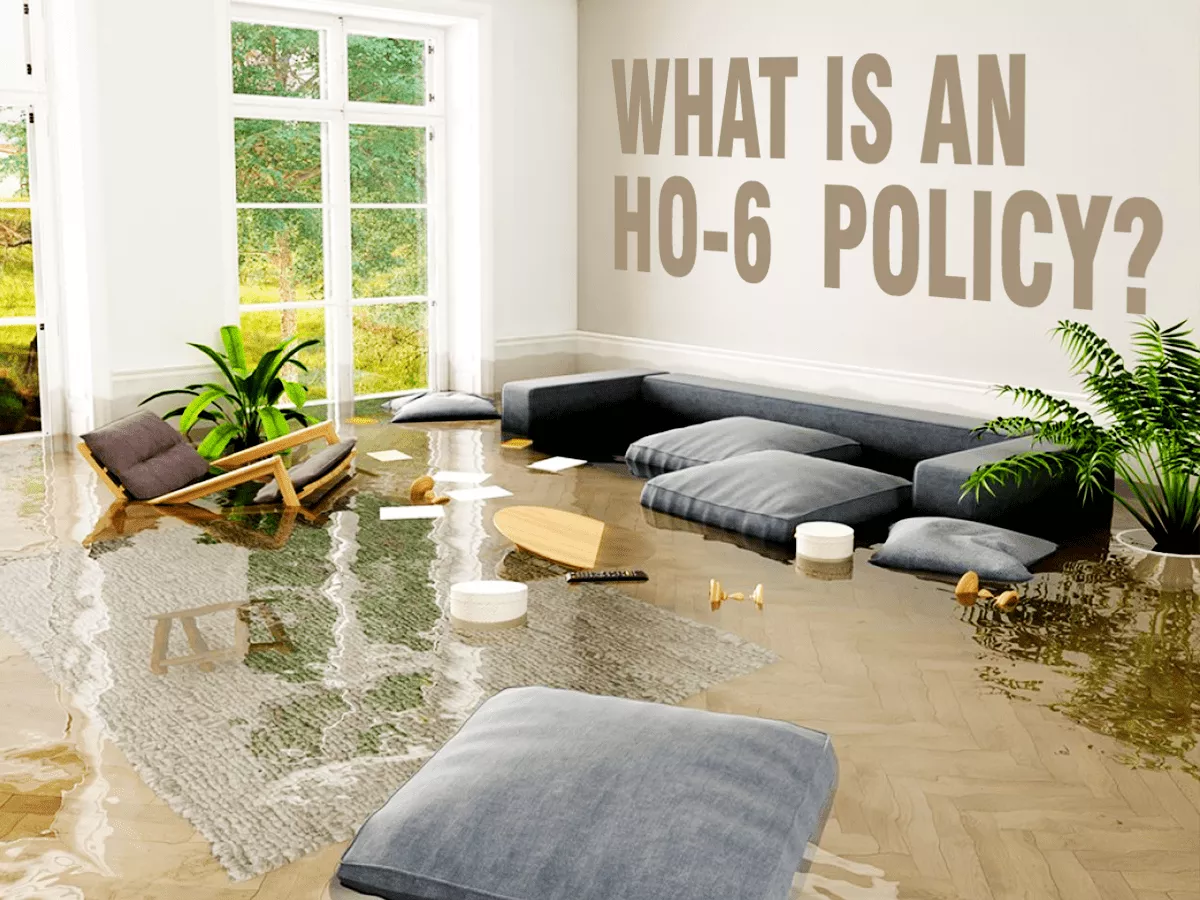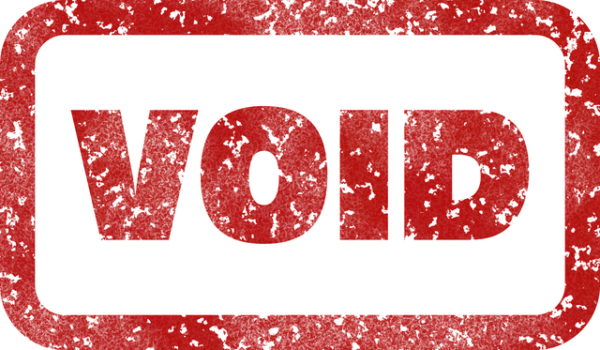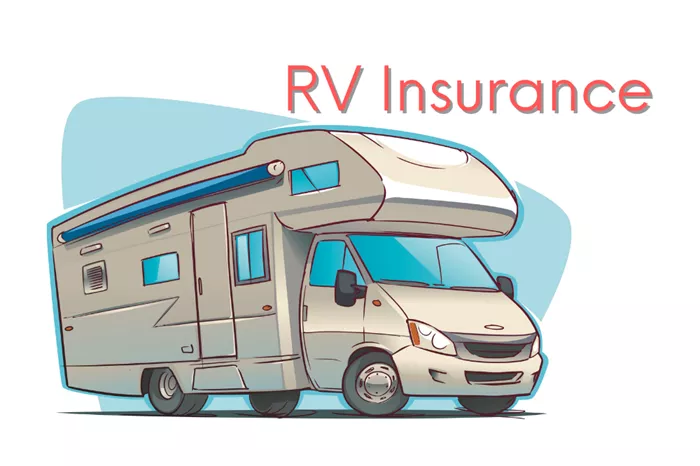Extended replacement cost coverage is an important feature of homeowners insurance. It ensures that you have sufficient funds to rebuild your home even if the cost exceeds your policy’s limits. This article will explain how to extend replacement cost coverage on your homeowners insurance, why it is necessary, and how it benefits you in the long run.
What is Extended Replacement Cost Coverage
Extended replacement cost coverage provides additional protection beyond the standard replacement cost coverage. It covers the cost to repair or rebuild your home even if it exceeds your policy’s limits. This type of coverage is particularly valuable in areas prone to natural disasters, where rebuilding costs can skyrocket unexpectedly.
Why You Need Extended Replacement Cost Coverage
Protection Against Inflation
Construction costs can increase due to inflation, especially after a disaster when demand for materials and labor is high. Extended replacement cost coverage helps protect you from these unexpected increases.
Comprehensive Coverage
This coverage ensures that you are not left with out-of-pocket expenses if your rebuilding costs exceed your policy limits. It provides peace of mind knowing that you can restore your home to its original condition without financial strain.
Natural Disasters
In the event of a natural disaster, rebuilding costs can surge due to high demand for construction services. Extended replacement cost coverage is crucial in such scenarios, as it ensures you have the necessary funds to rebuild.
How to Get Extended Replacement Cost Coverage
Review Your Current Policy
Start by reviewing your current homeowners insurance policy to understand what type of replacement cost coverage you currently have. Check if you already have extended replacement cost coverage and, if not, whether your insurer offers it.
Contact Your Insurance Provider
Speak with your insurance agent or company representative about adding extended replacement cost coverage to your policy. They can provide detailed information about the cost and benefits of this coverage.
Understand the Coverage Limits
Extended replacement cost coverage typically provides a percentage increase over your policy’s dwelling coverage limit. For example, it might cover up to 125% or 150% of your dwelling coverage limit. Make sure you understand the specific terms and limits of the extended coverage offered by your insurer.
Get a Home Valuation
Have a professional valuation of your home conducted to ensure you have adequate coverage. This valuation should include the cost of materials, labor, and any unique features of your home. Accurate valuation helps in determining the appropriate amount of extended coverage needed.
Benefits of Extended Replacement Cost Coverage
Peace of Mind
Knowing that you have sufficient coverage to rebuild your home without incurring significant out-of-pocket expenses provides peace of mind. It allows you to focus on recovery without worrying about financial constraints.
Protection Against Underinsurance
Extended replacement cost coverage protects you from being underinsured. If the cost to rebuild your home exceeds your policy’s limits, this coverage ensures you are not left to cover the difference on your own.
Enhanced Financial Security
In the event of a total loss, extended replacement cost coverage ensures you have the financial resources to rebuild your home to its original condition. This financial security is crucial for maintaining your quality of life and protecting your investment.
Factors to Consider When Choosing Extended Replacement Cost Coverage
Location
Consider the location of your home and the associated risks. Homes in areas prone to natural disasters, such as hurricanes, earthquakes, or wildfires, may benefit significantly from extended replacement cost coverage.
Home Value
The value of your home and its unique features play a role in determining the amount of extended coverage you need. Higher-value homes or those with custom features may require more coverage.
Construction Costs
Keep an eye on local construction costs, as they can vary significantly by region. Higher construction costs may necessitate a higher percentage of extended replacement cost coverage.
Policy Terms
Understand the specific terms and conditions of the extended replacement cost coverage offered by your insurer. Make sure you are aware of any exclusions or limitations that may apply.
How to Ensure You Have Adequate Coverage
Regular Policy Reviews
Review your homeowners insurance policy regularly to ensure your coverage remains adequate. Update your coverage as needed to reflect changes in home value or construction costs.
Accurate Home Valuation
Ensure your home’s valuation is accurate and up-to-date. This helps in determining the appropriate amount of extended coverage needed.
Discuss with Your Insurer
Maintain open communication with your insurance provider. Discuss any changes to your home, such as renovations or additions, to ensure your coverage remains adequate.
Consider Additional Coverage Options
In addition to extended replacement cost coverage, consider other coverage options that may be beneficial. These may include inflation guard endorsements, which automatically adjust your coverage limits to account for inflation.
Steps to Take After a Loss
File a Claim Promptly
In the event of a loss, file your insurance claim promptly. Provide all necessary documentation and information to your insurer to expedite the claims process.
Document the Damage
Take photographs and detailed notes of the damage to your home. This documentation can be crucial in supporting your claim and ensuring you receive the full benefits of your coverage.
Work with Your Adjuster
Work closely with your insurance adjuster to assess the damage and determine the cost to rebuild. Provide any additional information or documentation they may require.
Choose a Reputable Contractor
Select a reputable contractor with experience in rebuilding homes in your area. Your insurer may have recommendations or requirements for contractors.
Challenges and Considerations
Premium Costs
Extended replacement cost coverage may increase your insurance premiums. Weigh the additional cost against the benefits of having enhanced protection.
Availability
Not all insurers offer extended replacement cost coverage. You may need to shop around to find a provider that offers this coverage option.
Policy Exclusions
Be aware of any exclusions or limitations in your policy. Understand what is and isn’t covered under your extended replacement cost coverage.
Rebuilding Process
The rebuilding process can be lengthy and complex, particularly after a widespread disaster. Be prepared for potential delays and work closely with your insurer and contractor to manage the process.
Real-Life Examples
Wildfire Rebuilding
In areas prone to wildfires, extended replacement cost coverage can be a lifesaver. For instance, after the devastating wildfires in California, many homeowners found that their standard insurance policies were not sufficient to cover the increased cost of rebuilding. Those with extended replacement cost coverage were able to rebuild their homes without facing significant out-of-pocket expenses.
Hurricane Damage
After a major hurricane, the cost of materials and labor can skyrocket due to high demand. Homeowners with extended replacement cost coverage were better equipped to handle these increased costs, ensuring they could rebuild their homes fully.
Urban Areas
In urban areas where construction costs are high, extended replacement cost coverage provides an extra layer of protection. For example, in cities like San Francisco or New York, rebuilding a home can be significantly more expensive than in other parts of the country. Extended coverage helps bridge the gap between your policy limits and actual rebuilding costs.
see also: How Does Agreed Value Car Insurance Work
Alternatives to Extended Replacement Cost Coverage
Guaranteed Replacement Cost Coverage
Guaranteed replacement cost coverage is another option that provides even more comprehensive protection. It covers the full cost to rebuild your home, regardless of the policy limits. This type of coverage can be more expensive but offers maximum protection.
Inflation Guard Endorsements
Inflation guard endorsements automatically adjust your coverage limits to account for inflation. This helps ensure your coverage keeps pace with rising construction costs. It is a valuable addition to standard replacement cost coverage.
Additional Dwelling Coverage
Some insurers offer additional dwelling coverage as an add-on to your policy. This provides extra funds for rebuilding, similar to extended replacement cost coverage. It can be a more flexible option, allowing you to tailor the coverage to your needs.
Tips for Maximizing Your Homeowners Insurance Coverage
Keep Detailed Records
Maintain detailed records of your home’s value, including receipts, appraisals, and documentation of any improvements or renovations. This information can be crucial in ensuring you have adequate coverage.
Update Your Policy Regularly
Regularly update your policy to reflect changes in your home’s value or construction costs. This helps ensure your coverage remains adequate and up-to-date.
Consider Additional Coverage Options
In addition to extended replacement cost coverage, consider other coverage options that may be beneficial. These may include personal property coverage, liability coverage, and additional living expenses coverage.
Maintain Your Home
Regular maintenance and upkeep of your home can help prevent damage and reduce the likelihood of needing to file a claim. It can also help ensure your home is insurable and that you receive the full benefits of your coverage.
Common Misconceptions About Replacement Cost Coverage
It Covers the Market Value
Replacement cost coverage does not cover the market value of your home. Instead, it covers the cost to rebuild your home with similar materials and quality. The market value includes the land and location, which are not covered by replacement cost coverage.
Standard Coverage is Sufficient
Standard replacement cost coverage may not be sufficient to cover the full cost of rebuilding, especially in high-risk areas or during times of inflation. Extended replacement cost coverage provides an extra layer of protection to ensure you have enough funds.
It’s Too Expensive
While extended replacement cost coverage may increase your premiums, the added protection it provides can save you significant out-of-pocket expenses in the event of a total loss. The peace of mind it offers is often worth the additional cost.
How to Choose the Right Insurer
Reputation
Choose an insurer with a strong reputation for customer service and claims handling. Research reviews and ratings from independent sources to ensure you select a reliable company.
Financial Stability
Ensure your insurer has strong financial stability. This is crucial in ensuring they can pay claims promptly and fully. Look for high ratings from independent rating agencies.
Coverage Options
Select an insurer that offers a range of coverage options, including extended replacement cost coverage. Ensure they provide the specific coverage you need for your home.
Customer Service
Good customer service is essential when dealing with insurance. Choose an insurer that provides excellent support and is responsive to your needs.
Conclusion
Extended replacement cost coverage is a valuable addition to your homeowners insurance policy. It provides additional protection against unexpected increases in rebuilding costs, ensuring you have the necessary funds to restore your home. By understanding the benefits, reviewing your policy regularly, and working closely with your insurer, you can ensure you have adequate coverage and peace of mind.
Navigating the complexities of homeowners insurance requires diligence and knowledge. Stay informed about changes in the market and maintain open communication with your insurer. By taking proactive steps, you can secure the protection you need for your most valuable asset – your home.






















